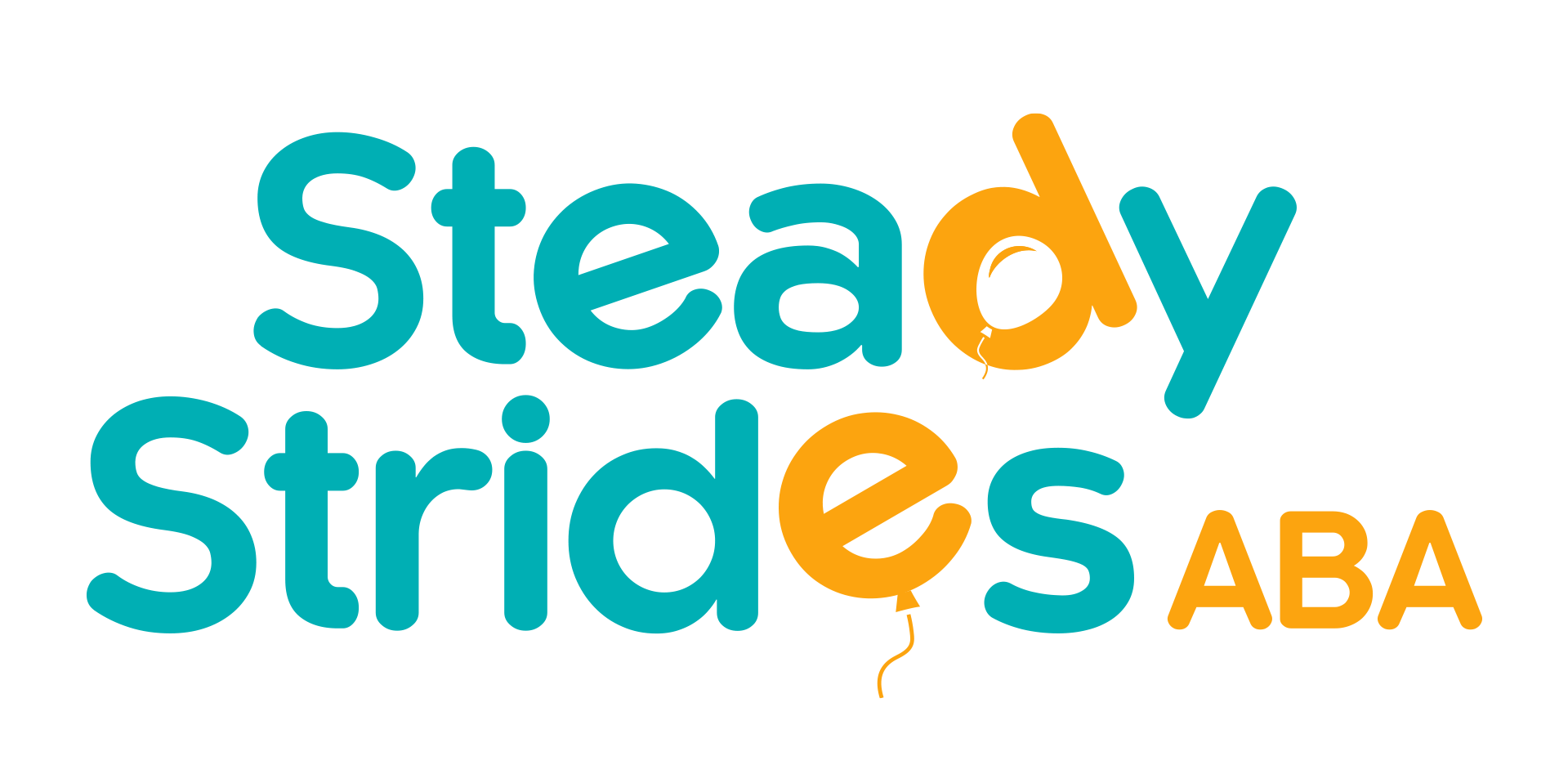David Byrne, the iconic frontman of the band Talking Heads, has captivated audiences for decades with his unique voice, innovative music, and eccentric stage presence. Beyond his musical talents, Byrne is also known for his thought-provoking art, writing, and public performances. However, one topic that has generated much speculation over the years is whether David Byrne is autistic.
This article delves into the evidence and theories surrounding David Byrne’s possible autism, examining his behavior, interviews, and public statements. We will explore the reasons why some believe Byrne might be on the autism spectrum and what this means in the broader context of autism awareness.
Understanding Autism Spectrum Disorder (ASD)
Before diving into the discussion about David Byrne, it’s essential to have a basic understanding of Autism Spectrum Disorder (ASD). ASD is a neurodevelopmental disorder characterized by difficulties in social interaction, communication, and repetitive behaviors.
The spectrum nature of autism means that it can manifest in a wide range of symptoms and severity levels, from highly functional individuals to those who require significant support in daily life.
The Origins of the Speculation
Speculation about David Byrne’s possible autism has been fueled by various factors, including his quirky persona, unconventional communication style, and public statements that suggest a different way of perceiving the world. Fans and commentators alike have noted his intense focus on specific interests, a common trait among individuals with ASD.
In interviews, Byrne has openly discussed his discomfort in social situations and his preference for solitude, which are often associated with autism. He has also described his approach to music and art as highly systematic and detail-oriented, traits that align with the cognitive patterns often observed in autistic individuals.
David Byrne’s Public Statements
David Byrne has never publicly confirmed an autism diagnosis, but his statements have sparked curiosity. In a 2003 interview with The Guardian, Byrne mentioned that he often felt like an outsider and found it difficult to connect with people in conventional social settings. He described himself as “not good at small talk” and noted that he often struggled with understanding social cues, which are common challenges for those on the autism spectrum.
In his 2012 book, How Music Works, Byrne reflects on his approach to creativity and how it may differ from others. He emphasizes his need for structure and routine, which are also characteristic of autistic behavior. However, he stops short of labeling himself as autistic, leaving the interpretation open to the reader.
Behavioral Traits Associated with Autism
Several behavioral traits that David Byrne has exhibited throughout his career align with common characteristics of autism. These include:
Hyperfocus on Specific Interests
Byrne’s deep and sustained focus on music, art, and architecture is well-documented. This intense focus on a narrow range of interests is often seen in individuals with ASD.
Unconventional Communication Style
Byrne’s communication style is often described as unusual or eccentric. He tends to be direct and literal in his speech, which can sometimes come off as blunt or socially awkward.
Sensory Sensitivities
Byrne has spoken about his sensitivity to sound and light, which may suggest heightened sensory processing, a common trait among autistic individuals.
Social Challenges
Byrne’s self-professed difficulty with social interactions and his preference for solitude align with the social challenges faced by many on the autism spectrum.
Counterarguments and Alternative Perspectives
While there is compelling evidence that David Byrne exhibits traits commonly associated with autism, it’s important to note that these traits alone do not constitute a diagnosis. Many of the behaviors and preferences Byrne has described can also be attributed to personality, introversion, or even the demands of a creative lifestyle.
Moreover, Byrne has never publicly identified as autistic, and without a formal diagnosis, any conclusions drawn are speculative at best. It’s also worth considering that public figures often have their behaviors scrutinized and interpreted in ways that may not fully capture their experiences or intentions.
The Importance of Autism Awareness
Regardless of whether David Byrne is autistic, the discussion around his possible diagnosis highlights the importance of autism awareness. Autism is a complex and diverse condition that affects millions of people worldwide. By exploring the experiences of public figures like Byrne, we can foster greater understanding and acceptance of neurodiversity.
It’s crucial to approach these discussions with sensitivity and respect, recognizing that autism manifests differently in every individual. Whether or not Byrne is autistic, his story can serve as a reminder of the value of embracing differences and celebrating unique perspectives.
Conclusion
The question of whether David Byrne is autistic remains unanswered, as the musician has not publicly confirmed or denied any diagnosis. However, the speculation surrounding his behavior and personality traits has sparked meaningful conversations about autism and neurodiversity.
For those interested in learning more about autism and seeking support, Steady Strides ABA offers personalized therapy services designed to help individuals on the autism spectrum thrive. Our team of dedicated professionals is committed to providing compassionate and effective care tailored to each individual’s needs. Reach out to us!
FAQs
Has David Byrne ever been diagnosed with autism?
David Byrne has not publicly confirmed an autism diagnosis. The speculation about his possible autism is based on observations of his behavior and public statements.
What are common traits of autism that David Byrne might exhibit?
Traits often associated with autism that David Byrne might exhibit include a strong focus on specific interests, unconventional communication styles, sensory sensitivities, and social challenges.
Why do people think David Byrne might be autistic?
People speculate about David Byrne’s possible autism due to his self-described discomfort in social situations, intense focus on his interests, and unique communication style.













